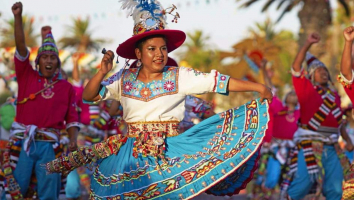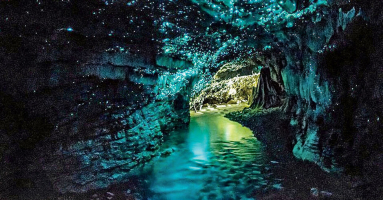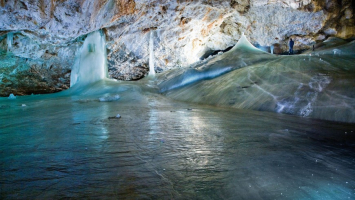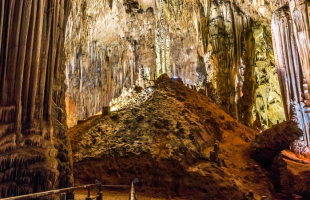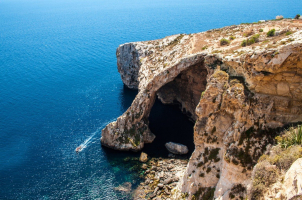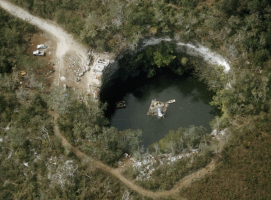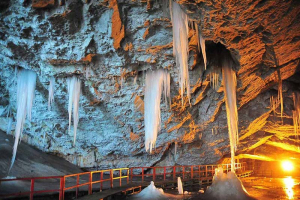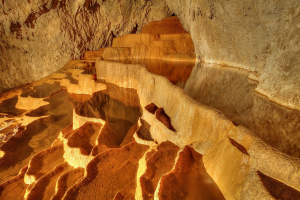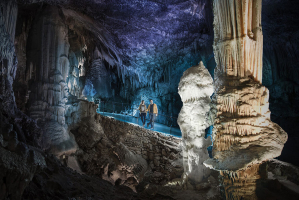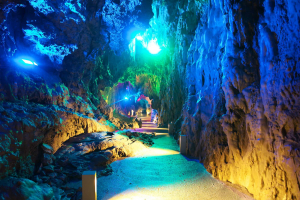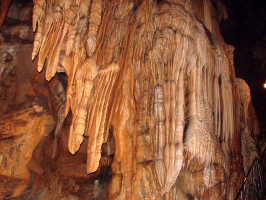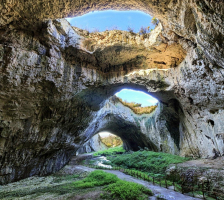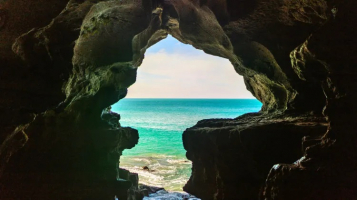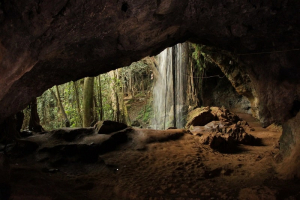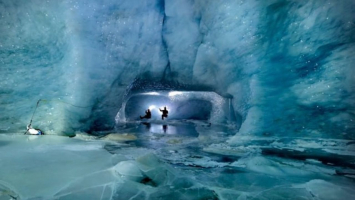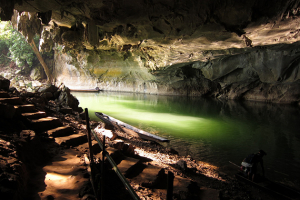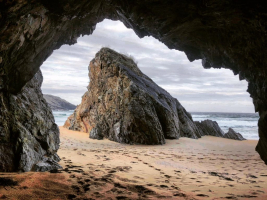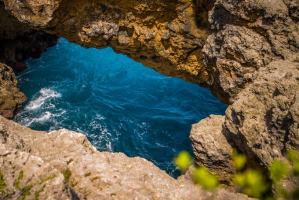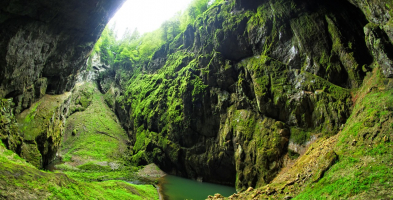Top 5 Most Epic Caves in Chile
Massive caverns, sunken depressions, and unexplained underground spaces abound in Chile. The country's caves continue to pique interest with their intriguing ... read more...mysteries; so far, incredible natural beauty, cathedral-like halls, and subterranean woods have been uncovered. Here are some of the most epic caves in Chile.
-
Cueva del Pirata, or "Pirate Cave," , one of the Most Epic Caves in Chile, is a marine cave in the municipality of Quintero, Chile, near Valparaso.
The cave is linked to Francis Drake in Valparaso legend. According to one legend, when Drake sacked the harbor, he was dissatisfied by the lack of plunder. Drake stormed into the churches, sacking them and urinating on the goblets. However, the treasure was not valuable enough for him to carry it on board his galleon and hide it in the cave.
According to another tale, a treasure was left in the cave since the plunder was too much for him to carry on board. Drake would have left a man bound or a sentry to await them along with the treasure. Drake would have left a man bound or a guard with the treasure to wait for them to return, which they did not. The wealth is supposed to still exist, but all who try to find it drown.
It has been proposed that the rocky beach around the cave has traces of Paleolithic human activity.Location: Quintero

https://www.flickr.com 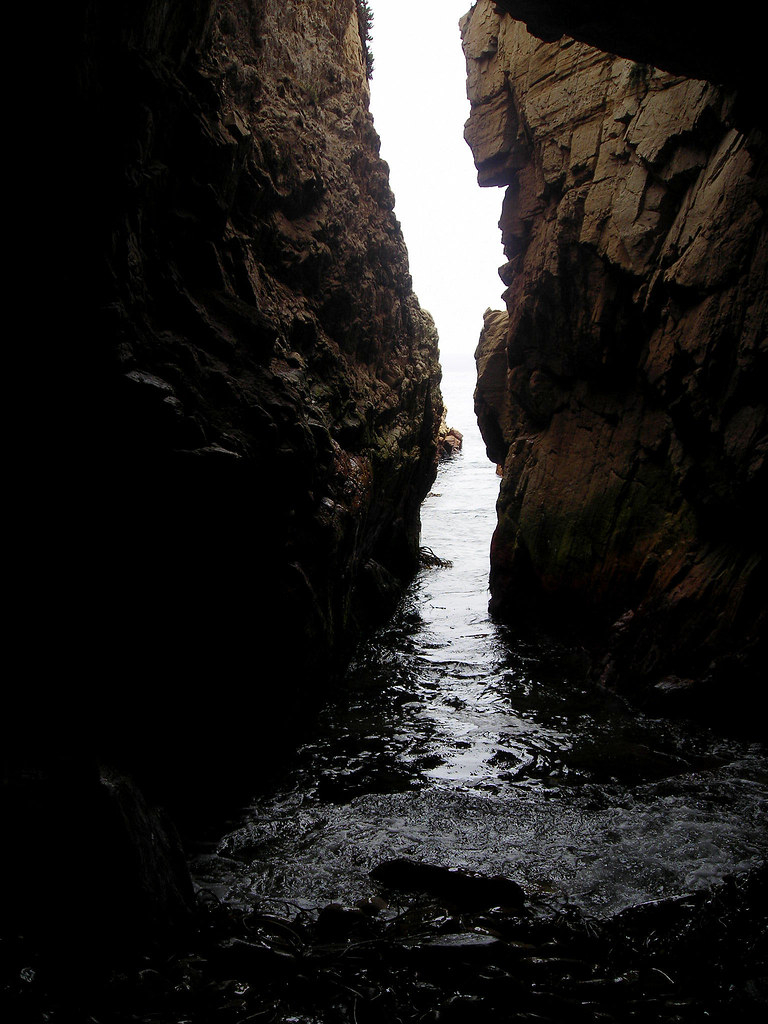
https://www.flickr.com/ -
Cueva de las Pincheira, one of the Most Epic Caves in Chile, is a shallow cave in the uble Region of Central Chile, about 65 kilometers (40 miles) southeast of Chillán. The Pincheira brothers, a royalist outlaw gang, used to hide out in the cave. The cave hosts reenactments throughout peak season. The cave is located near Laguna Huemul in the Andes foothills. The cave, along with other spots around Chillán, was one of the Pincheira brothers' major encampments in the 1820s. During the Pincheira brothers' heydays, up to a thousand individuals are said to have gathered at the spot.
According to legend, a white mule appears in the cave's little stream at night. This donkey is said to show the way to the Pincheira brothers' buried jewels. Cueva de los Pincheira is also reported that a cart can be heard near the cave shortly before morning; there are even reports that the cart is accompanied by women's cries. According to the sayings, these are the laments of women held hostage by outlaws.
Location: Ñuble Region
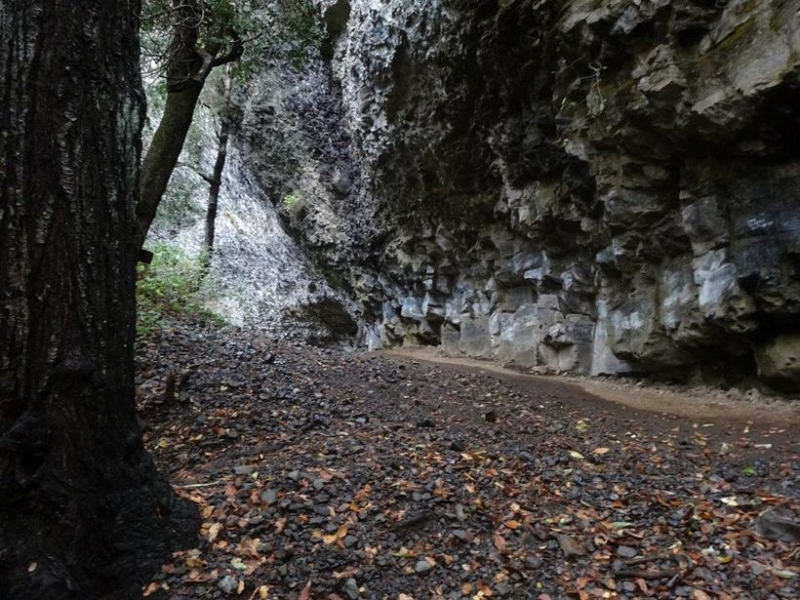
https://www.soychile.cl/Chillan 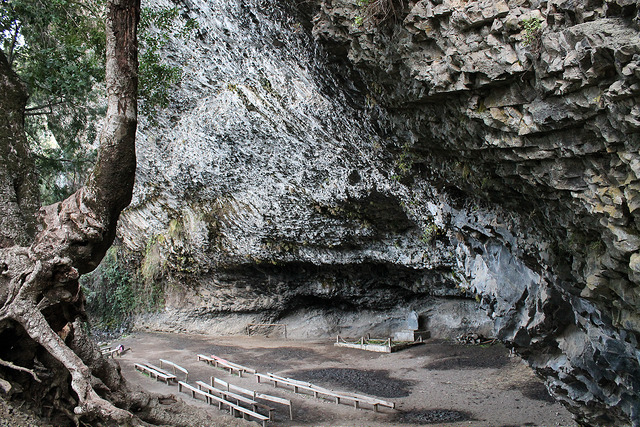
https://temas2018.blogspot.com/ -
Have you ever wondered how these magnificent blue caves came to be? It's actually fairly straightforward. For years, aggressive waves have beaten against the marble (calcium carbonate), gradually shaping the curved walls. The marble cave in Patagonia's solid walls, on the other hand, did not quickly form into the remarkable structure you see today. This technique has been going on for nearly 600 years! Its smooth, vivid walls now reflect the azure waters of the lake, which vary color according on water levels and the time of year.
The Marble Caves are a magnificent attraction, yet they couldn't be more solitary if they tried. There isn't a simple method to get there. The Marble Caves are only accessible by boat, kayak, or canoe.
The Marble Caves are only accessible by boat, kayak, or ferry. There is no road leading to the caves, and there is no paved trail or place inside the caves for you to stroll. This will be an entirely aquatic adventure instead.
Location: Patagonia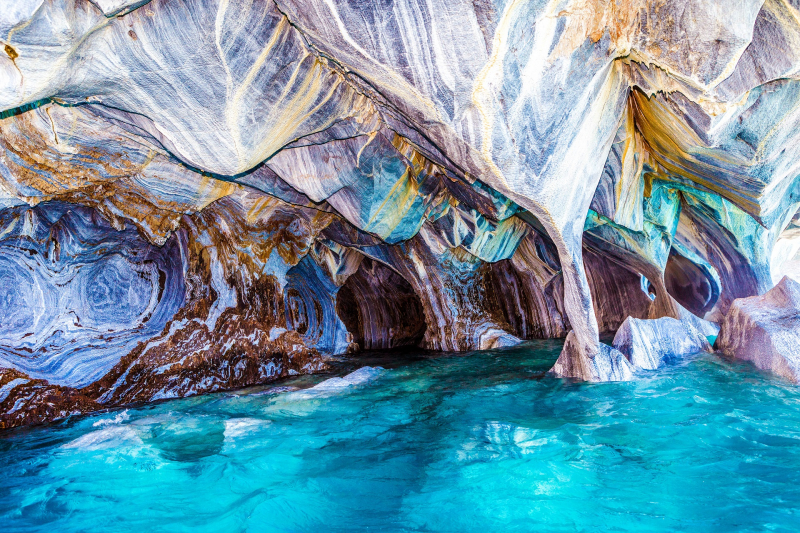
http://www.myholidayguru.co.uk/ 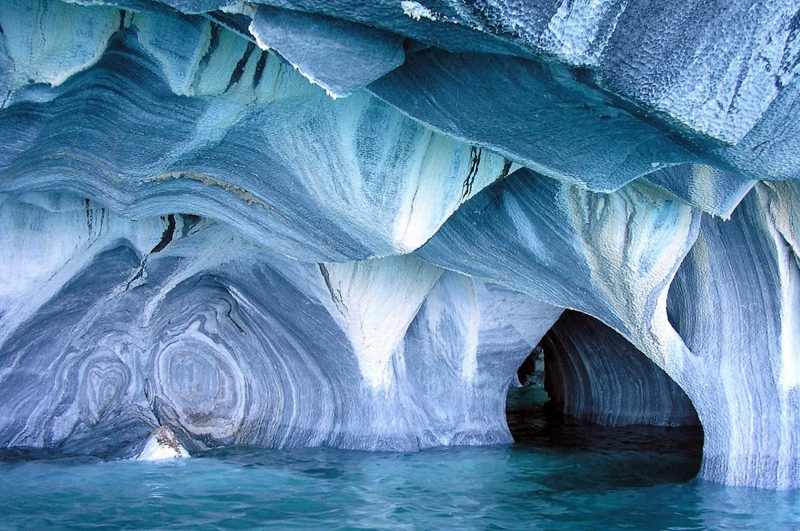
https://5-five-5.blogspot.com/ -
Cueva del Milodón Natural Monument is a Chilean Patagonia Natural Monument located 24 kilometers (15 miles) northwest of Puerto Natales and 270 kilometers (168 miles) north of Punta Arenas.
The monument is located on the Cerro Benitez's flanks. It consists of multiple caves as well as the Silla del Diablo (Devil's Chair) rock formation. The cave, which bears the name Mylodon darwini, is significant for the finding of skin, bones, and other remains of a ground sloth named Mylodon darwini in 1895. It is also a part of the magnificent tourist route known as the End of the World Route.
Milodón Cave, which is 200 meters (660 feet) long, is the monument's largest cave. Hermann Eberhard, a German explorer of Patagonia, found it in 1895. He discovered a huge, presumably new chunk of skin from an unknown species. Otto Nordenskjöld examined the cave in 1896, and it was later discovered that the skin belonged to Mylodon, an extinct species that died 10,200–13,560 years ago.
Adjacent extinct creatures and human remains have been discovered in the cave and other caves of the monument. A life-size reproduction of the prehistoric Mylodon, a huge herbivore that resembles the modern Mylodon, stands at the monument's entry.Location: Magallanes Region
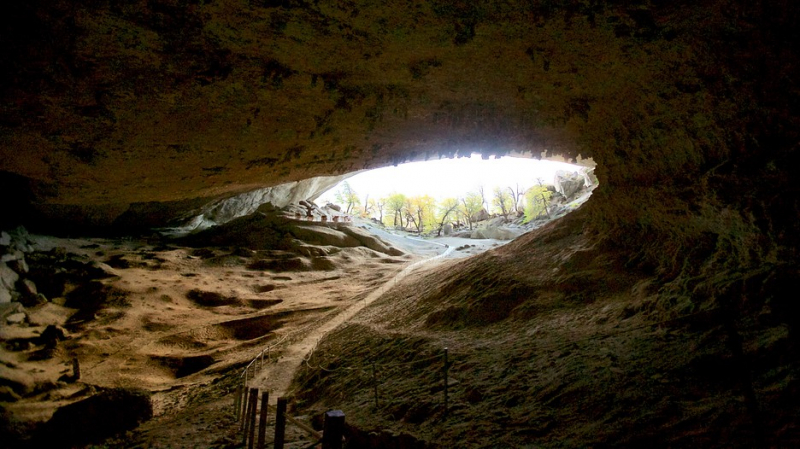
https://www.expedia.com.au/ 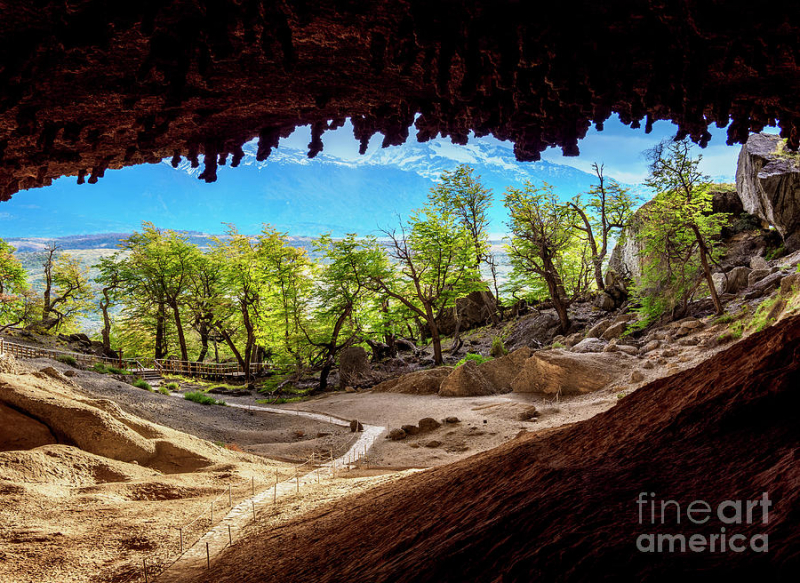
Photo: fineartamerica -
Cueva Fell is a natural cave in southern Patagonia that also serves as an archaeological site. Cueva Fell lies next to the Pali Aike Crater, which is another important archaeological site. Cueva Fell, one of the Most Epic Caves in Chile, has been proposed to UNESCO as a candidate World Heritage Site, together with the neighboring Pali Aike site.
Junius Bird was the one who discovered Fell's Cave. Arrow tips and flakes were discovered on the surface, which drew his attention. Bird dubbed the cave Fell's Cave in honor of the Fell family, who owned the Estancia Brazo Norte, the North Arm Station, where the cave is located. The site was first excavated in 1936.
Fell's Cave is located near the Straits of Magellan and the Argentine border in Chile's Ro Chico canyon. The Southern Patagonian Basalt Plateaus are the name given to this region. It is more correctly defined as a rock shelter because it is located on the southeast side of what was originally a river bank. River water wore away at the sandstone bank, leaving behind a canopy of lava conglomerate and forming a shelter 28 feet (8.5 meters) deep and 38 feet (12 meters) broad. The erosion left a smooth, hard clay floor. Sandstone shards that clung to the conglomerate roof gradually dropped to the floor, separating later human habitation periods archaeologically.
Location: Chico
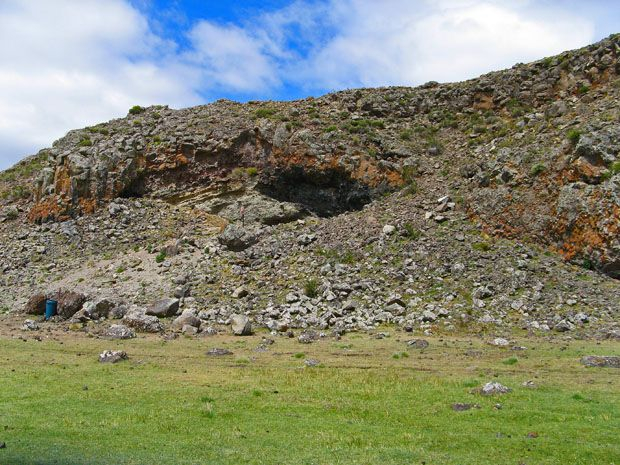
https://www.pinterest.com/ 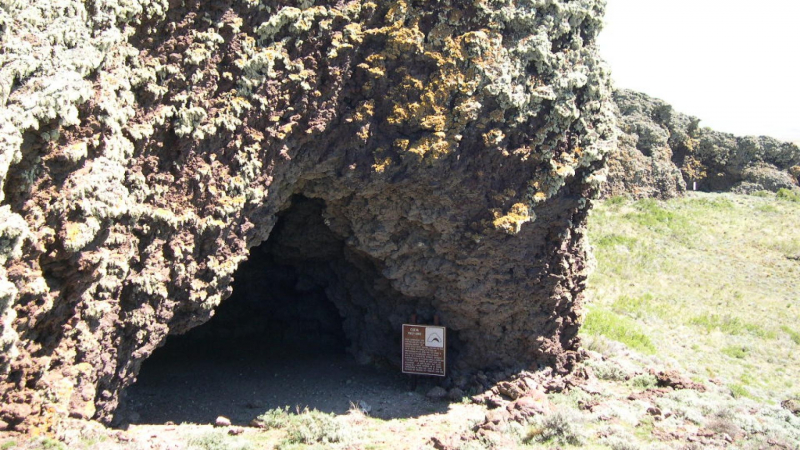
https://www.monumentos.gob.cl/







